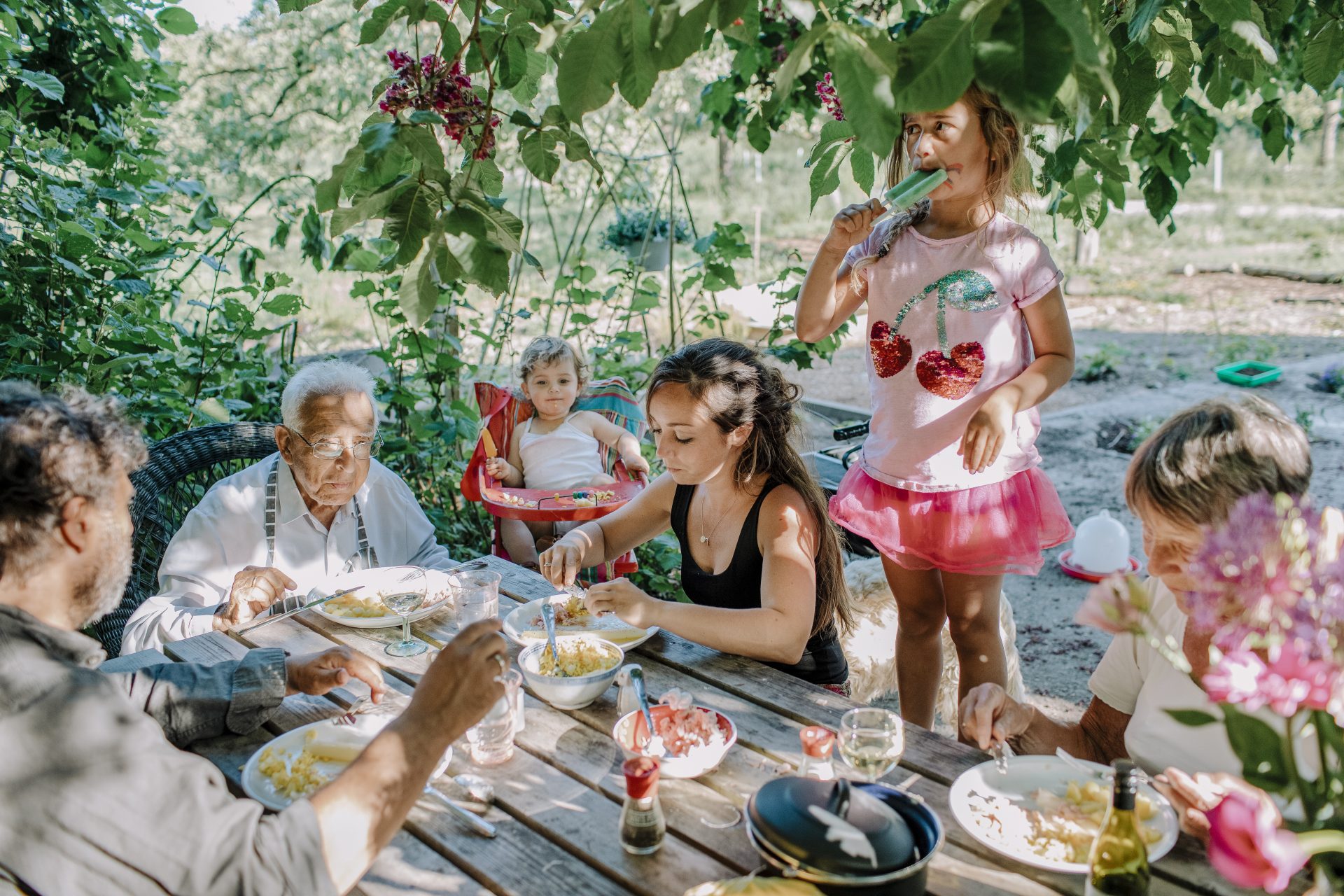VII Insider is a free online platform that takes you inside the profession of visual journalism to advance the production and analysis of new stories.
VII Insider offers regular live presentations, an extensive video collection of previous events, and publishes the best writing on the role of images in Dispatches: The VII Insider Blog, which is now available on Substack.
VII Insider is a program of The VII Foundation in partnership with PhotoWings. For questions, please contact VII Insider’s director, Dr. David Campbell.
Our live online events are open to all. Q&A sessions follow each presentation so you can engage directly, in real-time, with the speakers. Registration for our events is free and done via each event page. Events are recorded and available in the video collection for later viewing.
Subscribe to our newsletter to receive more information about VII Insider articles, events, and resources.
